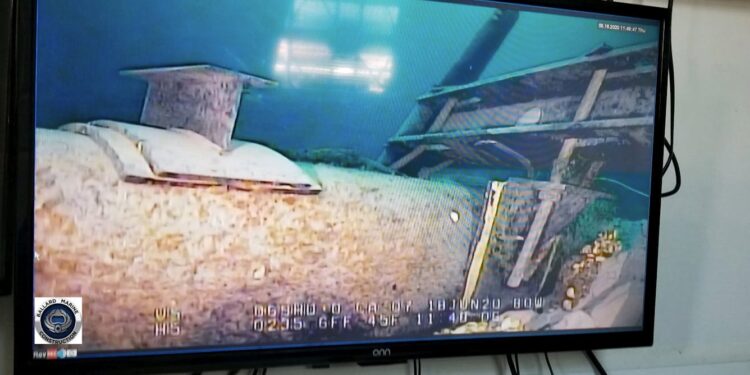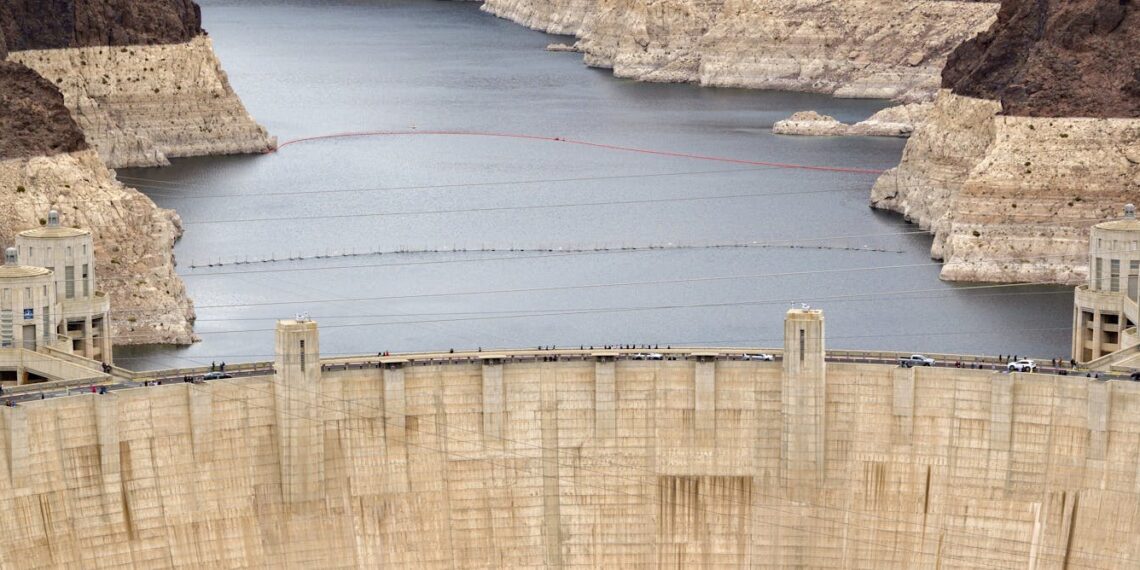Login to Continue Learning
For over a decade, a contentious debate has raged in Wisconsin and Michigan regarding an oil pipeline that passes through a Native American reservation and crosses a sensitive waterway crucial for shipping. Since January 2025, President Trump’s administration has intensified this controversy by making policy decisions, legal filings, and administrative appointments that have reshaped the strategies and potential outcomes.
The Trump administration joined an already complex situation, affecting not only pipeline operator Enbridge but also environmental, Indigenous, and political leaders who are working to close the Line 5 pipeline. A key part of the dispute is set to be heard by the U.S. Supreme Court in upcoming months, though this will likely not resolve the issue definitively.
As a water policy and politics analyst and former gubernatorial appointee to Michigan’s Pipeline Safety Advisory Board, I see these controversies as critical questions about the environmental and economic future of the Great Lakes region, serving as a proxy for broader national battles over water policy, Indigenous rights, and fossil fuels’ role in the nation’s future.
### Scrutiny of the Pipeline
Built in 1953, Enbridge’s Line 5 pipeline carries petroleum products from western Canada to refineries in eastern Canada through the Great Lakes. It traverses 645 miles (1,040 km) across Wisconsin and Michigan, transporting approximately 23 million gallons of oil and natural gas liquids daily.
The pipeline has faced intense scrutiny since a 2010 spill into the Kalamazoo River from another Enbridge pipeline with similar endpoints. A 2012 report by the National Wildlife Federation, “Sunken Hazard,” fanned public concern and launched an advocacy movement questioning Line 5’s safety and leading to calls for its complete shutdown.
Two primary areas of concern are the pipeline’s route across Wisconsin’s Bad River Band reservation and its split into two parallel pipes that run through the Straits of Mackinac at the bottom of Lake Michigan and Lake Huron. An interactive map illustrates these points.
### Shutting Down Line 5 in Michigan
In 2021, Michigan Governor Gretchen Whitmer revoked Enbridge’s easement to operate the pipeline across the Straits of Mackinac. The governor argued that Enbridge repeatedly violated the 1953 easement and that continued operation violates the state’s duty to protect the Great Lakes.
Enbridge has refused compliance with the shutdown order, taking legal action while continuing to transport petroleum products through the pipeline. The Trump administration supports Enbridge’s claim that the pipeline is not subject to state regulation and oversight.
A long-standing dispute exists over whether state courts have jurisdiction, as argued by state officials, or if federal courts should handle it, as claimed by Enbridge. In June 2025, a trial was set for a state court when the U.S. Supreme Court unexpectedly intervened at Enbridge’s request. The case has not yet been scheduled for oral arguments but is expected between October 2025 and June 2026.
The state court continues its proceedings without waiting for a Supreme Court decision, setting the stage for an extended legal battle.
### The Great Lakes Tunnel
While fighting to keep Line 5 operational, Enbridge seeks federal and state permission to build a new tunnel under the Straits of Mackinac. Both federal permits are expected quickly due to a Trump administration policy declaring a “national energy emergency.” This policy aims to slow the transition from fossil fuels to clean energy.
Enbridge still needs state permits, which many groups oppose based on potential environmental damage, safety concerns, and the need to address climate change by slowing oil extraction. All federally recognized tribal governments in Michigan oppose Line 5’s continued existence, arguing that Indigenous fishing rights are at risk both ecologically and culturally.
### Bad River Band’s Efforts
The Bad River Band of Lake Superior Chippewa has taken independent action to reduce environmental risks from the pipeline on its land and surrounding watershed. In 2013, the tribe declined to renew Enbridge’s easement through its territory and voted in 2017 to require Enbridge to remove the line.
Enbridge refused compliance, challenging the tribe’s sovereignty. The company attempted to reroute the pipeline around the reservation while still within the Bad River watershed. In 2019, a federal judge ruled that Enbridge must remove the pipeline by June 2026 and pay $5.15 million for ongoing trespassing.
The case is currently on appeal, with environmental advocates and tribe members asking courts to reject state permits granted in late 2024 without proper procedure. Hearings continue.
### A Convoluted Puzzle
On multiple fronts, the Trump administration’s policies and judicial interventions have placed advocates on the defensive. Michigan is concerned about its autonomy over its portion of the Great Lakes if federal government and court decisions can override state actions.
Native American governments fear their treaty-guaranteed fishing and land rights will be sacrificed for an energy company’s interests. Line 5 has major implications for Great Lakes protection and climate change mitigation, areas where the Trump administration has favored fossil fuels over clean energy and environmental protection.
The outcomes are unclear, and Enbridge would need to win on all fronts to avoid shutdown since it cannot operate if any segment is inoperable. I expect the fate of Line 5 to have far-reaching implications for years to come.



















